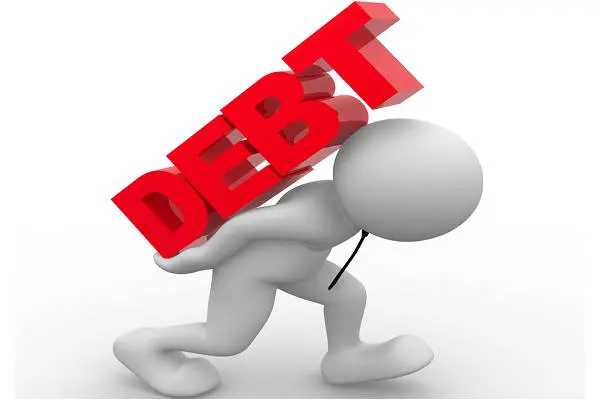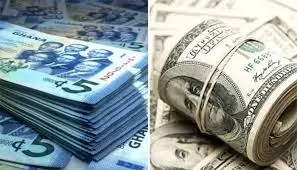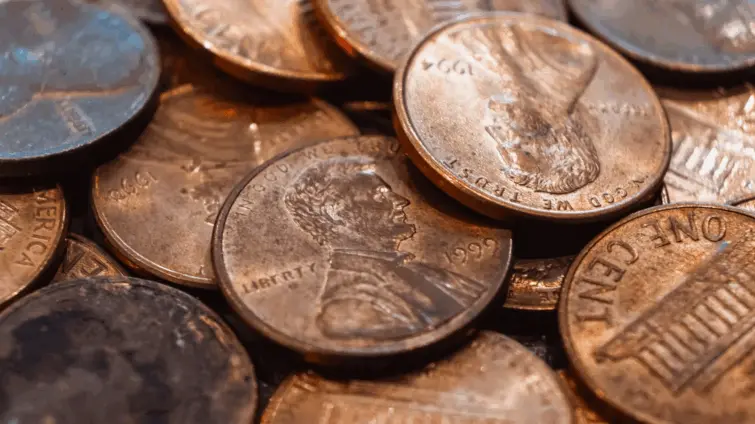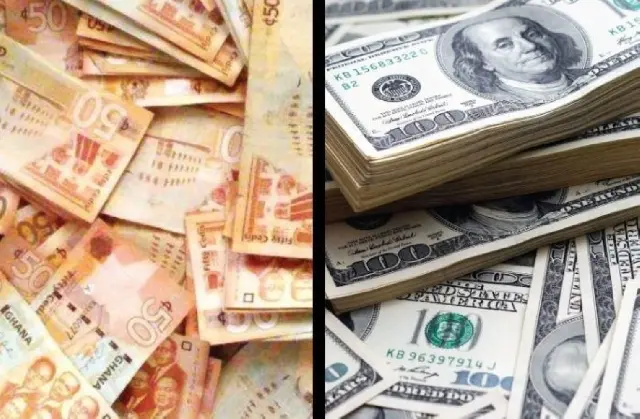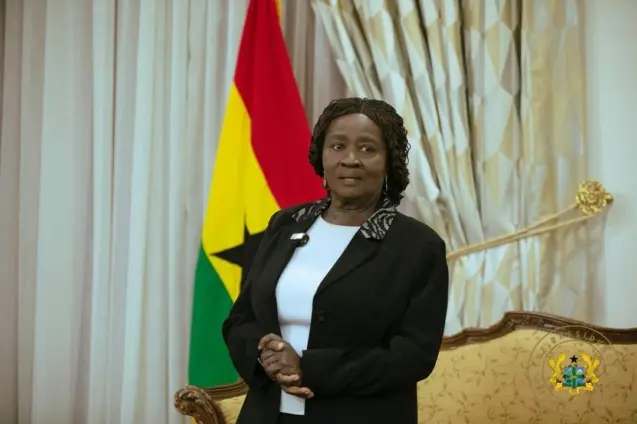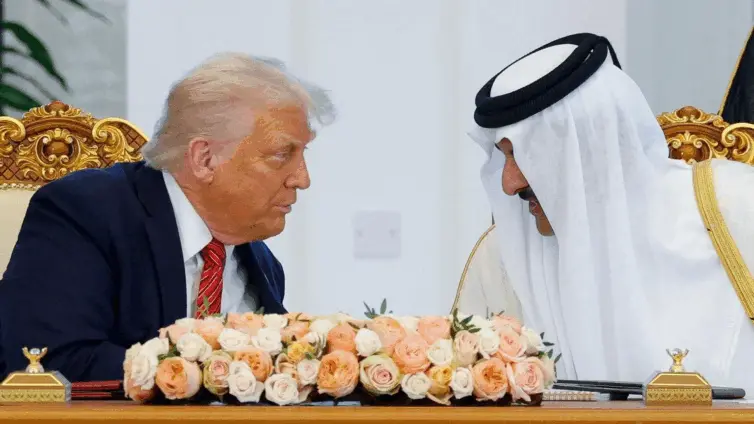In Accra’s bustling financial district, the Ghana cedi, after a surprising rally, is once again the subject of intense scrutiny. A recent ABSA Cedi Report is projecting that the currency, which had strengthened considerably against the dollar, is likely to see a partial reversal, settling around GH₵14.00 per dollar by the end of 2025. This forecast arrives on the heels of a period where the cedi defied expectations, buoyed by the rising fortunes of Ghana’s key exports: gold and cocoa.
The cedi’s recent appreciation has been a welcome reprieve for many Ghanaians. The ABSA report points to the dual tailwinds of surging gold and cocoa prices as primary drivers. As global demand for these commodities increased, Ghana’s export revenues swelled, injecting much-needed foreign exchange into the economy. In tandem with these favorable market conditions, the Bank of Ghana has been strategically converting these export earnings into official gross reserves, bolstering its ability to influence the exchange rate.
“In turn, the Bank of Ghana has been able to supply more hard currency to the interbank market, which has driven the exchange rate sharply lower from GH₵15.50/USD a month ago to GH₵13.05/USD currently,” the ABSA report noted, highlighting the central bank’s active role in managing the cedi’s trajectory.
However, ABSA’s forecast suggests this period of rapid appreciation may be unsustainable. The report anticipates a partial pullback, projecting an average exchange rate of GH₵14.16 per US dollar in 2025. This expected adjustment, according to ABSA, is rooted in the concept of purchasing power parity. The aggressive rally, they argue, has pushed the cedi beyond levels justified by its real effective exchange rate. To maintain Ghana’s export competitiveness and continue attracting foreign investment, a recalibration is deemed necessary.
“We expect a partial reversal in the cedi towards GH₵14.00/USD by the end of the year so that the real effective exchange rate achieves purchasing power parity again, thereby keeping exports competitive and attracting more financial inflows,” the report stated, underscoring the delicate balancing act between currency strength and economic viability.
Adding another layer of complexity to the cedi’s outlook is the establishment of the Ghana Gold Board (GoldBod). This governmental body is designed to exert greater control over the nation’s gold trade. By centralizing oversight, the government aims to more effectively channel export receipts into official reserves, further strengthening its financial position. The long-term impact of the GoldBod on the Ghana cedi remains to be seen, but proponents believe it will build critical financial buffers and instill greater confidence in the Ghanaian economy.
“With the recent establishment of the Ghana Gold Board (GoldBod), the government has greater control over gold trade and is able to more effectively funnel export receipts into official reserves,” the ABSA report affirmed, signaling the potential for this initiative to shape the cedi’s future.
As of May 16, 2024, the exchange rates reflected this ongoing dynamic. Forex Bureaus were selling the dollar for GH₵13.30, while the interbank rate was pegged at GH₵12.40, illustrating the subtle variations within the currency market.
The ABSA Cedi Report paints a nuanced picture of Ghana’s currency landscape. The forecast of a partial reversal to GH₵14.00 per dollar by the end of 2025 is not a prediction of doom, but rather an assessment of the economic forces at play. Global commodity prices, central bank interventions, and government initiatives like the Ghana Gold Board are all intertwined, shaping the cedi’s path. For businesses and individuals alike, staying informed about these developments is paramount to navigating the ever-evolving Ghanaian economy. The full ABSA Cedi Report and regular updates from the Bank of Ghana offer invaluable insights for those seeking to understand the future of the Ghana cedi.
Image Source: MYJOYONLINE





